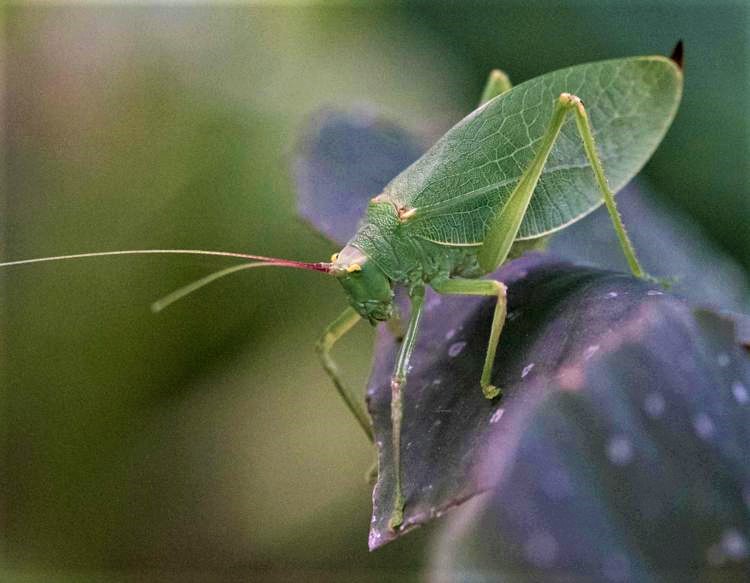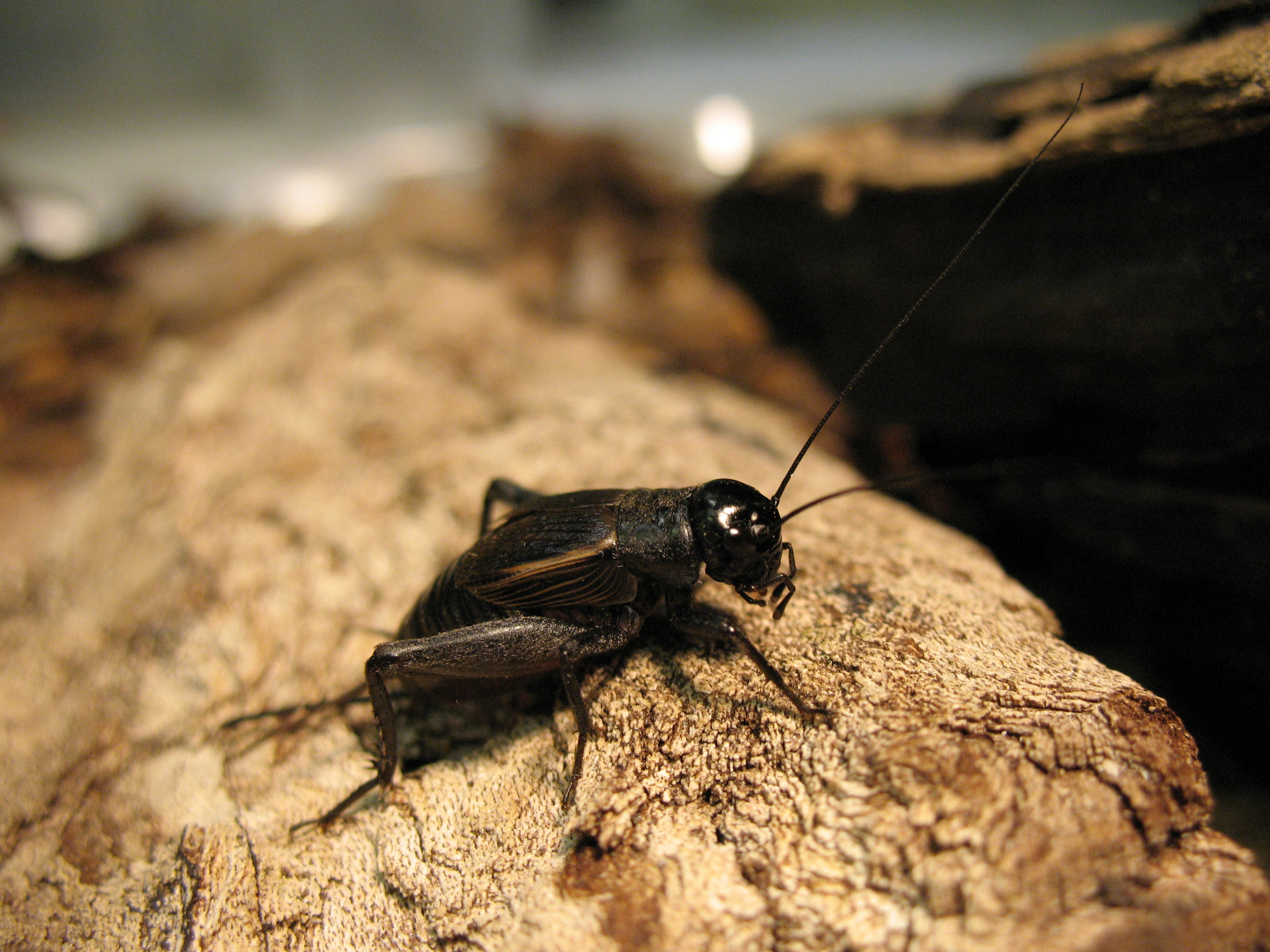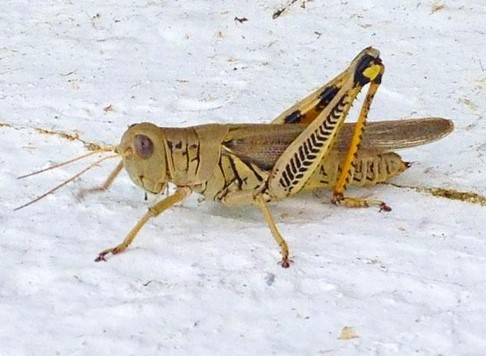Blog

#bioPGH Blog: Katydids, Crickets, or Grasshoppers?
 A resource of Biophilia: Pittsburgh, #bioPGH is a weekly blog and social media series that aims to encourage both children and adults to reconnect with nature and enjoy what each of our distinctive seasons has to offer.
A resource of Biophilia: Pittsburgh, #bioPGH is a weekly blog and social media series that aims to encourage both children and adults to reconnect with nature and enjoy what each of our distinctive seasons has to offer.
The classic insects of summer are out in full force, and if you are able to sit outside in the evenings, you can hear an assortment of buzzes, hums, chirps and raspy whirs creating an insectoid orchestra! In particular, I have noticed the sounds of three groups of insects that can be mistaken for each other because they look so similar: katydids, crickets, and grasshoppers. All three groups of insects are in the insect order Orthoptera, but katydids and crickets are in the suborder Ensifera while grasshoppers are in the suborder Caelifera. Let’s take a closer look at each group to distinguish them a bit better!
Katydids
If you spot a grasshopper-looking insect masquerading as a leaf, there is a good chance it’s a katydid. Other katydids do look quite similar to grasshoppers, but the quickest difference between them is the antennae. While grasshoppers have relatively short, thick antennae, katydid’s antennae are often longer than their own body.

Common true katydid, image Missouri Dept of Conservation
Katydid calls also sound quite different from grasshoppers or crickets. They make their calls by rubbing their forewings together, as you can see in the video below of what is most likely a common meadow katydid. With exceptions in a few species, it is usually the males who call as they either work to attract females or defend themselves. Intriguingly, have you ever noticed how some katydids seem to call in near unison to each other? This is actually a competitive strategy to attract females — each of the “singing” males is trying to be the first to hit the next note of the call and catch the attention of females who may be nearby.
Crickets
A quick way to distinguish crickets from grasshoppers is time of day. Crickets (and katydids) tend to be active at dusk and evening, while grasshoppers are more likely to be diurnal, and if you spot one, they also are more likely to have long antennae like katydids. They are more likely to be omnivores, whereas grasshoppers are more likely to be herbivores (it varies species by species by species.)

Field cricket, Wikimedia User Kevin Judge CC-BY-SA-4.0
Crickets also use their forewings to produce their calls, and like katydids, it’s primarily a male behavior. Each species has its own unique call, and even crickets that are nearly identical in appearance can produce dramatically different songs.
Grasshoppers
At a quick glance, the easiest way to distinguish grasshoppers from the other two groups will be the antennae we’ve already mentioned. Like crickets and katydids, grasshoppers come in a range of colors and sizes, and though grasshoppers in general prefer meadows, they can be found in other habitats as well. One more unique trait of many grasshopper species is that they are good flyers and can even fly long distances. Though some crickets and katydids can fly also, most are poor flyers and some cannot fly at all.

Differential grasshopper, image National Park Service
Their sounds are another differentiating trait. Unlike katydids and crickets, grasshoppers make their calls by rubbing their hind legs across their forewings. Like the other two groups of insects, it’s primarily a male courtship behavior, though females can make sounds as well.
Connecting to the Outdoors Tip: If you find yourself stumped by one of these, try taking a picture and uploading it to iNaturalist or BugGuide.net. Entomology enthusiasts will be happy to tackle the challenge!
Continue the Conversation: Share your nature discoveries with our community by posting to Twitter and Instagram with hashtag #bioPGH, and R.S.V.P. to attend our next Biophilia: Pittsburgh meeting.
Resouces
Encyclopedia Britanica: Katydid
Royal Society for the Protection of Birds: Grasshopper or Cricket
University of Michigan BioKids: Katydids
Images: Header, Pexels CC0; cover, Wikimedia user Katja Schulz, CC-BY-2.0

